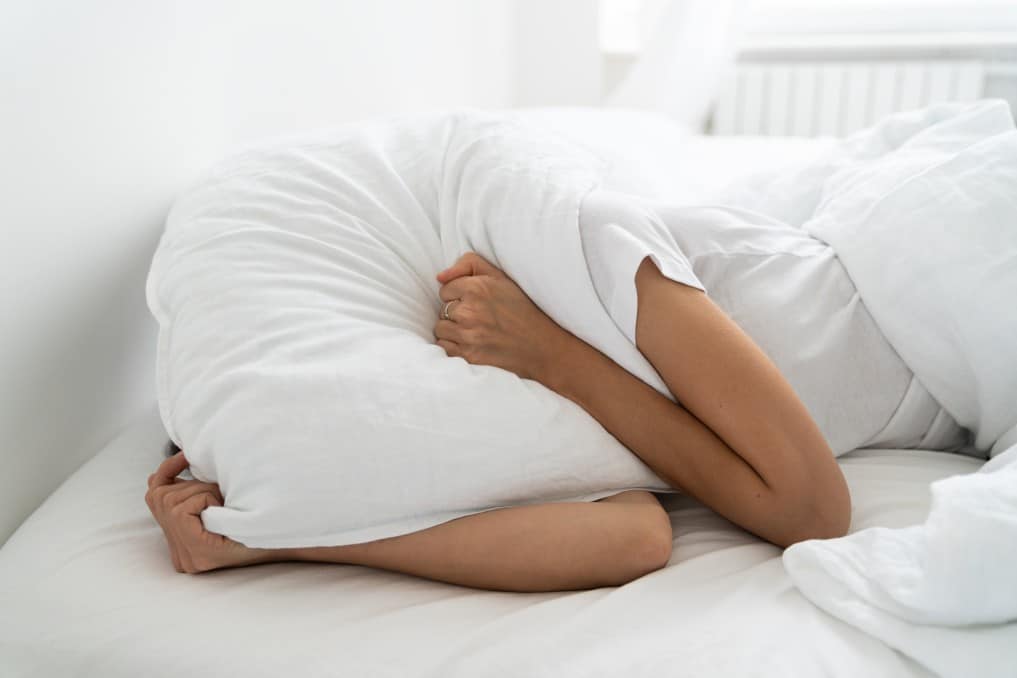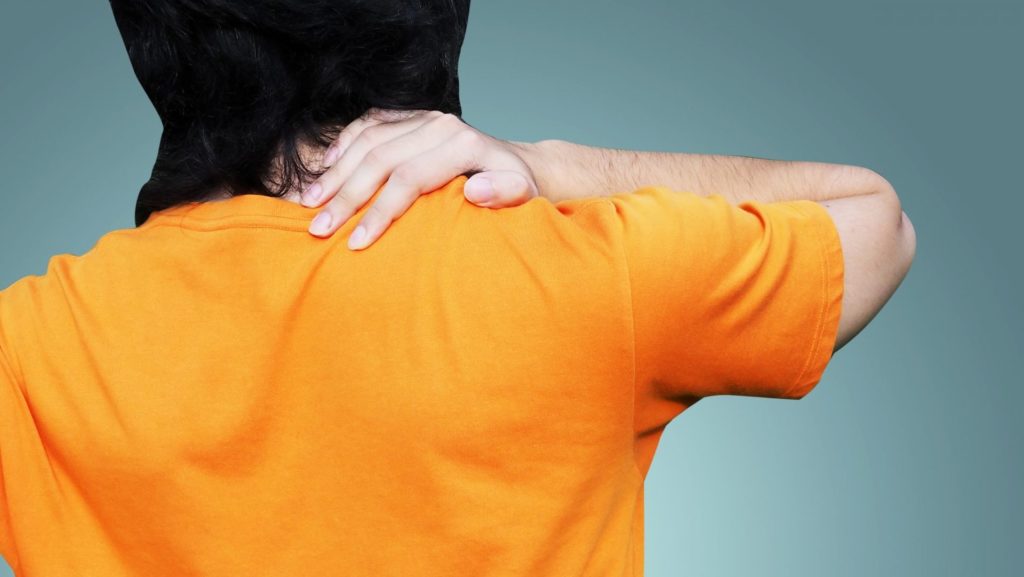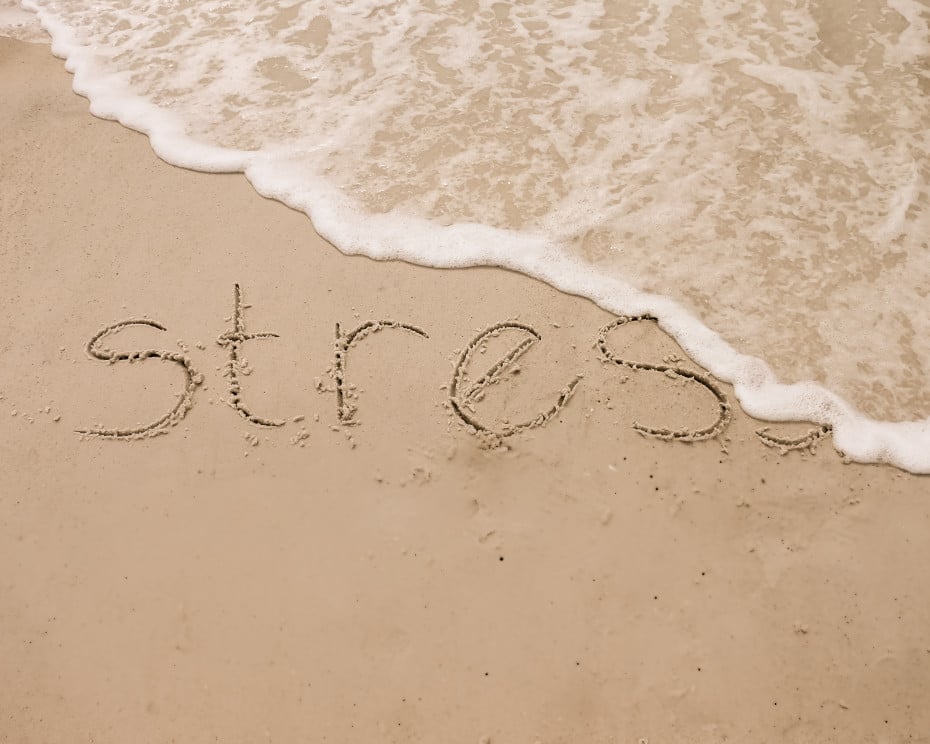Read Time: 4:00 Mins.
It’s like a jackhammer pounding away, pulsating on one side of my head ⎼ Ashley
I have two friends that use cannabis for chronic migraine pain. They are among the 36 million Americans who suffer from migraines, and currently, there is no cure or even a definitive understanding of why they occur. Many people may be unaware that a full-on attack can be completely debilitating, putting people’s lives on hold for days at a time. My friends, Jules and Ashley, shared similar experiences and now use cannabis to reduce the frequency of attacks and the effects when a migraine hits them. First, it’s critically important to understand that the symptoms unfold over time, in part why it makes people so miserable. With that in mind, let’s walk through the typical stages of a migraine timeline according to the American Migraine Foundation.
The Preheadache Stage
Medically, this is called the Prodome or premonitory phase. Most migraine sufferers go through it and learn to recognize the signs of an upcoming episode. This stage can begin anywhere from a few hours to a few days before things get much worse. Symptoms can vary, but often include irritability, depression, light/sound sensitivity, loss of concentration and reading ability, yawning, fatigue, head/neck stiffness, and insomnia. Some people also need to urinate more often. When getting Prodome signals, doctors recommend that patients implement their preventive measures and medications. Fortunately, the signals don’t always lead to an attack.
The Aura Stage
Research shows that up to 30 percent of migraine sufferers go through the Aura stage. Symptoms include blurred vision or vision loss, and patients sometimes experience flashing lights or blind spots in their eyes. This phase can last anywhere from a few minutes to an hour. Again, this may not lead to a full-blown episode, but for some people, the Aura becomes part of the next stage, the actual headache.
The Headache
My friend Jules described this to me as “Imagine taking two ice picks and shoving them into your temples and leaving them there for a few hours, or days.” For my other friend Ashley, her tool metaphor is “It’s like a jackhammer pounding away, pulsating on one side of my head.” Jules and Ashley both experience nausea and light sensitivity which is not uncommon. Ashley is a mom and sometimes stays in bed with the shades drawn for days at a time. She’s sensitive to light and avoids movement while trying to remain as calm as possible. Episodes disrupt her work and family schedule which is agonizing at every level because guilt adds to the mix. Jules’ and Ashley’s experiences are common among migraine sufferers. Other symptoms may include nausea and vomiting, insomnia, sensitivity to smell, a burning, numbing, or tingling sensation on the skin, and neck pain or stiffness.
The Migraine Hangover
Up to 80 percent of migraine sufferers experience a post-attack phase which may include similar symptoms as the Promdome stage: fatigue, body aches, nausea, dizziness, and light sensitivity. This stage may be less intense than what occurs during the Headache phase, but it can last anywhere from one to two days. Altogether, the various stages can last nearly a week.
Medical Cannabis Research for Migraines
A 2017 migraine study sponsored by the Center for Medicinal Cannabis Research at the University of California, San Diego, provides a good perspective. The study noted that “Many individuals are currently using cannabis for the treatment of migraine and headache with positive results. In a nine clinic study, 40.7 percent of patients self-reported that cannabis had therapeutic benefits for headaches and migraines. Before cannabis was made illegal, many prominent physicians praised its use in the treatment of headache disorders.” The study also acknowledges that for thousands of years, cultures around the world used cannabis to combat migraines. The study concludes by stating “…it appears likely that cannabis will emerge as a potential treatment for some headache sufferers.” The first clinical trial for treating migraines by the Department of Clinical Pharmacy, University of Colorado, found that “the frequency of migraine attacks decreased from 10.4 to 4.6 a month with the use of medical marijuana.”
How Can Cannabis Help with Migraines?
Research indicates that migraines may be caused by inflammation in the brain known as Neurogenic inflammation. To treat it, in science-speak, “The ability to develop selective receptor agonists, which block the deleterious neurogenic inflammatory feedback loop has opened up exciting therapeutic possibilities.” Translation? Reducing Neurogenic inflammation in our brains may help treat migraines. THC, which binds with CB1 receptors in our brains and nervous system, and CBD, a natural anti-inflammatory agent, may prove to be important in this regard. CBD for nausea is also an important ally for fighting migraines, and, CBD also works wonders as a sleep aid to fight insomnia. Depression and mood swings in the Preheadache stage can be addressed by the euphoric effects that THC provides by stimulating Anandamide, the “bliss molecule” in our brains. In addition, keeping our endocannabinoid system in balance, known and homeostasis may also mitigate the frequency, duration, and intensity of migraine attacks. Cannabis is a natural way to feed our ECS and distribute the THC and CBD cannabinoids throughout our body and brain.
What’s the Best Way to Use Cannabis for Migraines?
As always, it depends. There are different ways to use cannabis, and each has its advantages and disadvantages. Here are a few suggestions:
Inhaling. Either by smoking or vaping raw cannabis flower, the effects act quickly but may not last long before requiring another dose. However, oils and concentrates are generally more potent and provide the best of both worlds.
Edibles. Edibles tend to produce a more powerful, full body effect, and many migraine sufferers prefer them during all stages of an attack. While they take longer to produce results, they are deeper and last longer. In addition, dosing can be very accurate to address the nature and severity of your symptoms. Another friend of mine started a business of making infused cookies and brownies for her friends who suffer from migraines.
Oils and Tinctures. Using an eye dropper or a syringe, oils placed in the mouth sublingually act quickly and have staying power as well — all without having to heat up a vape.
Topicals: Rubbing a topical cannabis product on your temples or your neck for pain relief may be helpful. However, ALWAYS read the directions, especially for use anywhere near your eyes.
If you’ve found success using marijuana to treat chronic migraine headaches, be sure let us know in the comments below!
What’s the Best Cannabis Strain for Migraines?
It’s best to speak with a cannabis physician or nurse about what cannabis strain may work best for your symptoms. In general, strains that help with pain and inflammation may be an excellent place to start the discussion. Popular options include the OG Kush varieties, ACDC and Remedy, (high in CBD), Harlequin, and the Purple Kush families. Again, there are many cannabis strains available, and we recommend that you speak with a cannabis healthcare professional about your options. At a minimum, talk with a knowledgeable and highly-trained budtender at a licensed cannabis dispensary to help you understand all options when starting to use cannabis for chronic migraine pain.
One Last Thing
Before using cannabis to help with migraines, always talk with a doctor about potential treatments and don’t be afraid to include medicinal cannabis as part of the discussion. Clinical research is still in its infancy, but empirical studies exist, and we cannot forget that people have been using medical cannabis for centuries. Your doctor may not be up to date with options about cannabis for chronic migraine pain, but it never hurts to inquire.
Do you suffer from migraines? Are you open to sharing your experience? What is your routine when you get the warning signs of an impending attack? Sign in and leave a comment or share your story on our social channels.
Karl Phillps writes about the cannabis community from Los Angeles, CA.




